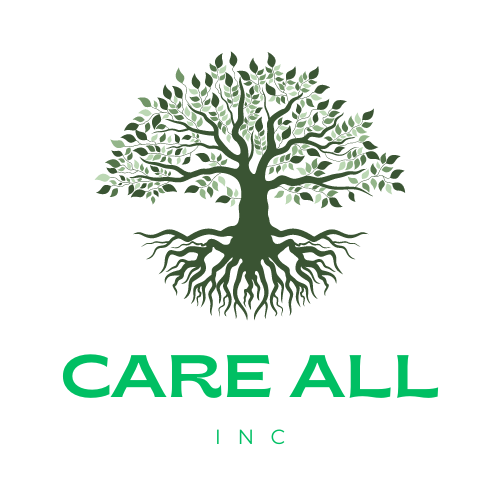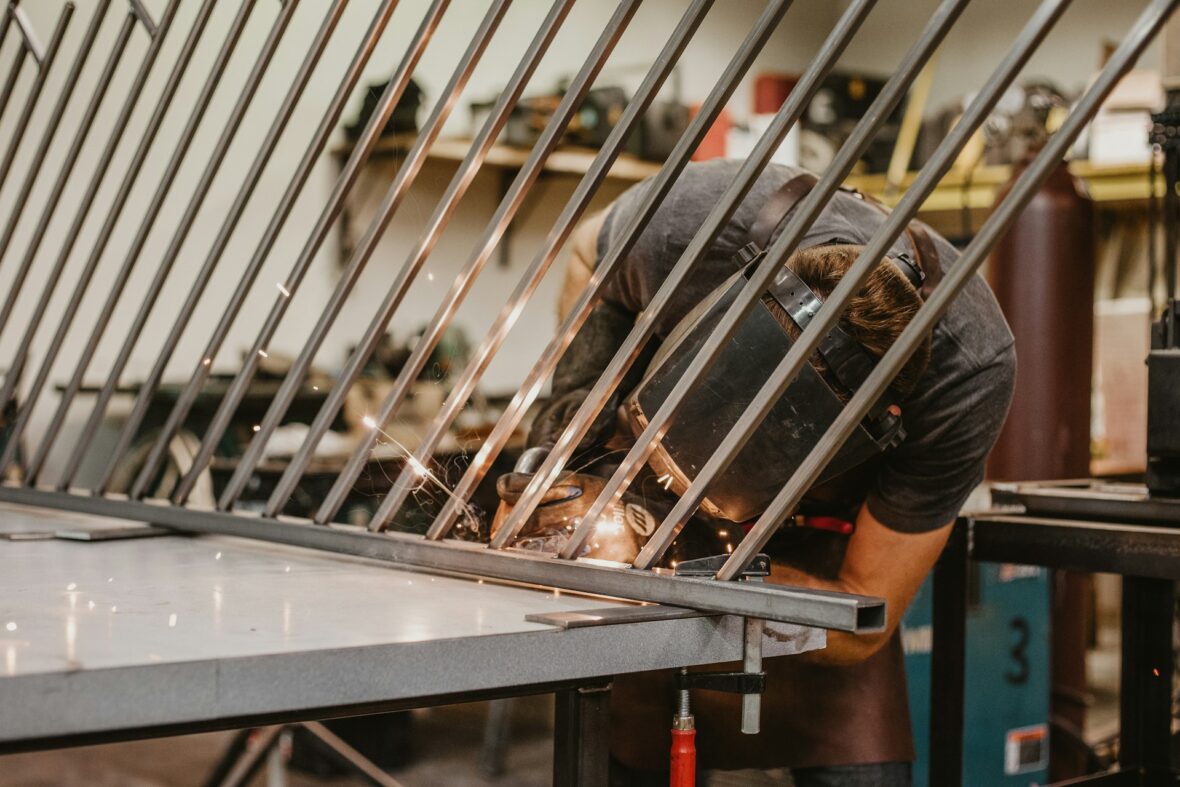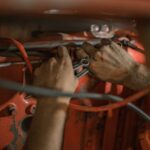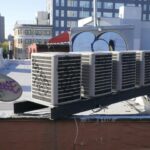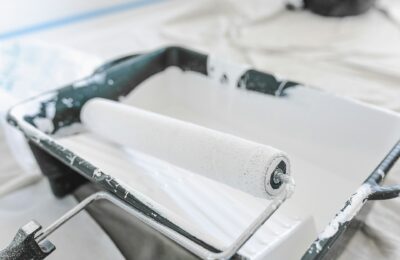A reliable welding table is the centerpiece of any productive workshop. Whether you’re running a fabrication business or working on personal projects, the longevity of your workbench is crucial for both precision and safety.
Without proper care, even top-tier equipment from trusted suppliers like bthsales.ca can suffer from premature wear or corrosion. The good news? With strategic maintenance, you can significantly extend the life, performance, and appearance of your welding table.
This guide shares the five essential welding table care tips, plus a bonus for optimal workbench maintenance. Learn actionable techniques used by metal shop experts to save money, time, and headaches, ensuring your investment lasts for years to come.
Why Routine Workbench Maintenance Matters
Keeping your welding table in good condition is more than an aesthetic choice.
Regular maintenance prevents rust, preserves flatness, and protects essential features like holes and slots, all supporting safer and more accurate fabrication. Well-cared-for tables increase workflow efficiency and boost project quality, giving any metal shop a professional edge.
Clean Surfaces Regularly to Prevent Rust
One of the fastest ways a welding table ages is through accumulated debris and oxidation. Metal dust, slag, and spilled liquids left to linger invite corrosion, especially on steel surfaces.
Simple Cleaning Steps
- Remove all tools and debris after each use. A quick sweep with a brush or vacuum prevents metal shavings from embedding.
- Use a soft cloth with a mild solvent (such as denatured alcohol) to wipe down the surface. Steer clear of harsh chemicals that could damage the finish or protective coatings.
- Dry thoroughly, as even small amounts of moisture can trigger rust spots over time.
Pro Tip
Schedule a deep cleaning at least monthly. Take time to check table slots, holes, and corners for buildup that daily wipes might miss.
Protect Your Table from Moisture and Chemicals
Exposure to water and industrial chemicals is the primary enemy of any metal surface. This risk increases if your shop experiences temperature fluctuations or high humidity.
Protection Techniques
- Store your table in a dry, ventilated space. If that’s not an option, consider a heavy-duty cover.
- Apply a rust inhibitor or silicone spray after cleaning for a protective barrier. Products designed for welding tables work best and won’t contaminate future welds.
- Keep a spill kit handy. Promptly blot and clean accidental spills to avoid stains and long-term damage.
Address Spatter and Slag Immediately
Welding inevitably creates spatter and slag, but leaving them on the work surface can quickly degrade table quality. Hardened spatter may require aggressive scraping, which can scratch or pit even hardened surfaces.
Best Practices
- Clean spatter as soon as your weld cools. Use a plastic scraper or wire brush for gentle removal.
- Apply a dedicated anti-spatter spray to your workbench before starting a project. This proactive measure saves you both cleaning time and surface wear.
Check for Flatness and Structural Integrity
Precision in welding depends upon the flatness and stability of your table. Over time, heat cycles, heavy loads, and accidental impacts can lead to warping or sagging.
How to Monitor
- Inspect your table monthly using a reliable straightedge or machinist’s level. Look for gaps, dips, or bulges.
- Address minor warping early. Lightly warped sections can sometimes be corrected by professional resurfacing, saving the table from a complete replacement.
- Examine legs and fasteners for looseness or damage, and tighten or replace hardware as needed to ensure stability.
Maintain Holes and Fixture Slots
Professional welding tables and workbenches often feature precisely milled holes and slots for clamps, jigs, and positioners. These features are vital for accurate setups but can become clogged, deformed, or corroded without attention.
Care Techniques
- Clean holes and slots regularly. Use compressed air or a dedicated brush to remove grime and debris.
- Avoid pounding or forcing oversized tools. If a fixture gets stuck, gently work it out rather than risking deformation.
- Lightly oil or wax the insides if recommended by your table manufacturer (always check guidelines for compatibility with welding surfaces).
Use Proper Table Accessories
The right accessories protect your table from unnecessary scratches and heat marks while streamlining your workflow.
Recommendations
- Non-marring clamps and mats help prevent scuffs and dents during everyday projects.
- Dedicated grounding points ensure both safety and avoid wear from repeated reattachments.
- Modular fixture kits keep your main surface clear and minimize accidental impacts or dropped tools.
Smart Investment for Canadian Welders
Suppliers like bthsales.ca highlight the value of high-end, German-made options such as Siegmund tables, which come with industry-leading hardening treatments and design innovations.
However, every piece of equipment—no matter how robust—still benefits from attentive care and regular checkups. Routine welding table care preserves not only functionality but also protects your original investment.
Next Steps to Keep Your Welding Table Performing Like New
Thoughtful maintenance is the secret to extending the longevity of your workbench. By integrating these metal shop tips into your regular workshop routine, you’ll prevent avoidable damage, optimize your workflow, and safeguard the professional results your business or hobby depends on.
For welders seeking upgrades or premium replacement options, explore the range of quality workbenches and accessories from leading Canadian suppliers. Invest once, maintain regularly, and your welding table will be at the center of your creative output for years.
